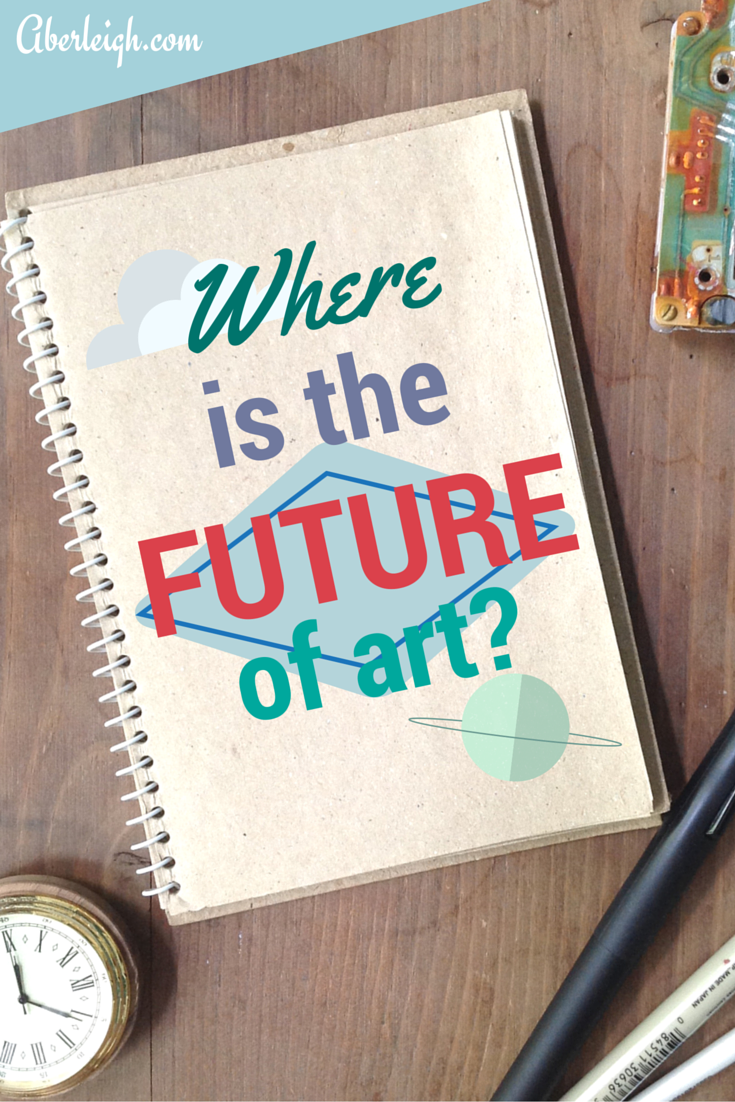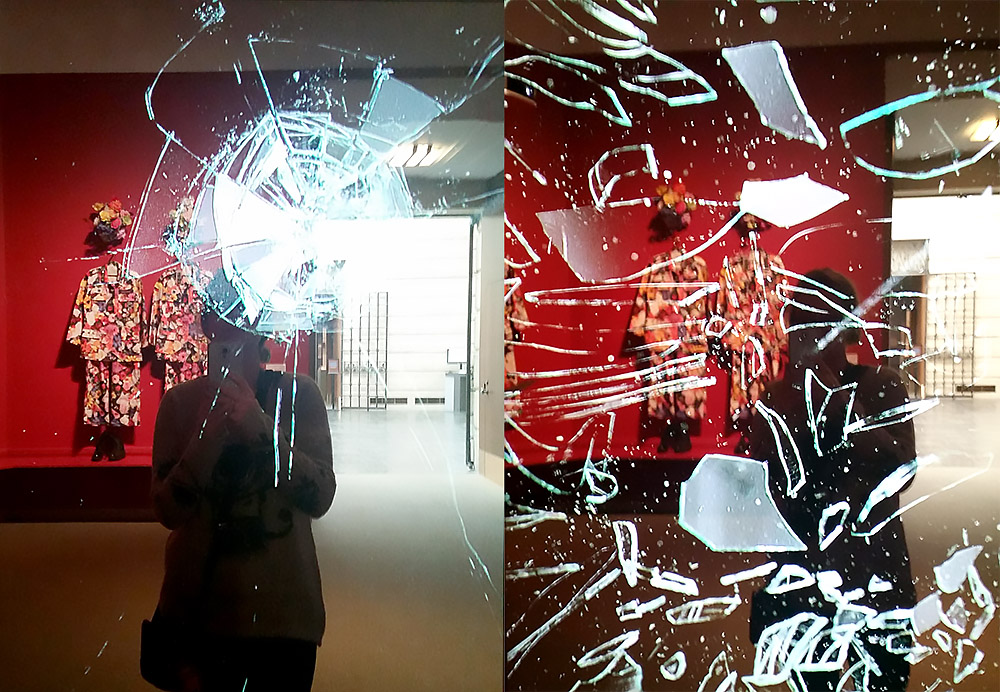Looking throughout the entire history of art, sometimes it seems like every idea has already been done. There is nothing new to be done looking at the whirlwind of different art styles in the 20th century, or is there? Where will art be in the future? In 5 years, in 10? No one could possibly predict the future of art with certainty, but I’m going to make a few general predictions here.
Time-Based
We’re used to art being static 2D images on canvas, but that is starting to change. We’re familiar with cartoons, but what if we started animating works of art? Thanks to programs like Adobe Aftereffects, time-based art is becoming more commonplace.
There is a whole study dedicated to this called Motion Media Design. It is basically animating, but you usually aren’t animating characters or stories. See my example above or think of any TV intro you’ve seen in the past 5 years. It’s a really cool field and it is also my minor so I’m pretty excited to see where it goes.
Augmented Reality
Imagine if you are wearing Google Glass or some other type of smart lenses and you are in NYC on Easter. Suddenly, every single skyscraper had bunny ears on top of it. How did someone manage such a feat? Well, they didn’t. The smart glasses are adding them on top of the skyscrapers in real time. No one without smart glasses could see them but they seem to look real to anyone wearing them. This is the future of art, having technology augment our surroundings in real time. There are so many possibilities with this, I’m enjoying thinking of possible public art installations that leave no trace when they are gone.
Virtual Reality
Similar to Augmented Reality, VR augments the reality of whoever is using it. The main difference is that virtual reality puts you into a completely different surrounding instead of overlaying virtual pieces onto the real world. Right now VR developers are focused on having the user feel like they are in different situations they normally would never be in such as underwater or running from ghosts in a haunted house. What if artists had a chance to completely change a viewer’s surroundings? They wouldn’t necessarily have to make real places. They could even place viewers inside an abstract painting!
Virtual Reality is certainly becoming well known thanks to famous Youtubers making videos playing games and wearing virtual reality headsets. I’m still patiently watching to see if companies can make a virtual reality headset with a price point low enough that most consumers can purchase it. Currently headsets go anywhere from $15 to $600+ with the cheaper versions needing an Android phone to act as the screen. I’m not seeing enough large game companies developing games for VR and currently most games are either made by the producers of the headsets or indie dev companies. The large interest by indie developers could lead to more ‘artsy’ VR experiences so that is a bright-side to the current limbo of VR.
Interactive
When you get to be part of an art piece, you somehow feel more connected to the artist. I was at an exhibit at the Seattle Asian Art Museum that featured art by contemporary Korean artists. One particular work called ‘Angel-Soldiers’ by Lee Yongbaek particularly intrigued me. Along with a video of soldiers covered in fake flowers, there were mirrors with animations of shattered glass. In the mirror you can see the outfits used in the video as they are shattered into pieces along with the viewers. The artist says it is capturing two large parts of his childhood while also representing war and peace.
I stood in front of the shattered glass mirrors for a while. I felt like I was being shattered into a million pieces along with the glass. Is the future of art letting viewers interact and therefore become part of the art? Personally, I really enjoyed the entire contemporary Korean art exhibit and I hope to see more similar art in the future.
3D Printing
3D printing has been around for a while but now it is becoming easier for the average consumer to have their own 3D printer. What if you could purchase art and instantly print it out on your own 3D printer? Shapeways is a 3D printing service where users can choose user-made content to print, and it already has an entire category dedicated to art. Previously small run prototyping was obscenely expensive, but 3D printing is the same cost at 1 or 1000 pieces. The initial digital file has no material costs unless you count the program used to make the file. This allows artists to make complex prototypes with little or no cost to themselves and allow art connoisseurs to front all the costs in producing the art.
I’m going to sum up the future of art in one word: Technology. What do you think the future of art will hold? Comment below with your thoughts.




Sorry, the comment form is closed at this time.